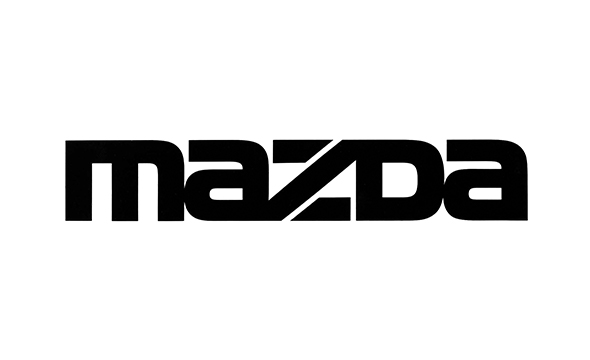100 Years Timeline
Chapter 4
Financial difficulties under the oil crisis - Improvement of corporate structure
Financial difficulties under the oil crisis - Improvement of corporate structure
Toyo Kogyo’s product strategy centering around rotary-engine powered vehicles faced a significant turning point when the first oil crisis hit the world in the fall of 1973. Rotary engines were low-pollution engines high in performance, however, they fell short in fuel efficiency. Therefore, in response to the rising crude oil prices worldwide, consumers began to steer clear of rotary engines. It resulted in sales volume plummeting, mainly in the U.S., and a rapid increase in inventory. In 1975, Toyo Kogyo incurred a huge deficit for the first time in its history, inflicting heavy damage to its management as well as to its corporate image. Numerous reconstruction measures were put into place, including a reduction in production volume and labor costs, sales of assets, a change of management, and “All Mazda dispatch,” an initiative to transfer a lot of Toyo Kogyo’s employees to work for sales companies throughout Japan. At the same time, the company’s product lineup was overhauled, making a big shift toward a focus on customers’ viewpoints, rather than focusing on technology. This resulted in products such as Mazda 323/GLC, or Familia AP in Japan, and E-series, or Bongo multi van in Japan , which both offered new values from the user’s point of view. Furthermore, “Phoenix” was launched, a plan with an aim to improve the fuel efficiency of rotary engines by 40 percent. It was decided that compact, yet high-output rotary engines were to be equipped only on selected models that could greatly take advantage of the features offered by such an engine, in an effort toward the engines’ survivability.
1974
Jan.
Local assembly in the Philippines begins
Feb.
Launches second generation Mazda 616/RX-2 (Capella in Japan)
May
Completes Miyoshi diesel engine plant
Dec.
Bonus pay is divided into three payments over the year
1975
Jan.
Starts AM (All Mazda) Dispatch, a program to temporarily dispatch employees to dealers throughout Japan
Starts local production in Thailand
Feb.
Reorganizes sales structure in the USA to a three-company system
Apr.
Introduces Road Pacer AP (Japan exclusive)
Introduces CI system and adopts new corporate symbol


Oct.
Introduces a series of rotary engine models equipped with 40% better fuel economy
Starts sale of second generation Mazda 121/121L (Cosmo AP in Japan)
1976
Feb.
Starts sale of models equipped with Mazda lean combustion engine to comply with 1976 gas emission regulations
May
RX-3 (Savanna in Japan) marks its 100th victory in Japanese races with a win at the JAF Grand Prix
1977
Jan.
Starts sale of fourth generation Mazda 323/GLC (Familia AP in Japan)
Apr.
Starts sale of second-generation B-Series (Proceed in Japan)
May
Starts sale of second generation E2000/2500/2700/3000 (Titan in Japan) equipped with a new 3.0-liter diesel engine
Aug.
Starts sale of second generation E1300/1600/2200 (Bongo Wide-Low in Japan), super low, flat bed trucks
Sep.
First victory of a rotary engine powered model, March 76S Mazda, at Fuji GC series
Oct.
High-end model Mazda 929L (Luce Legato in Japan) is added to the Luce series
Dec.
Yoshiki Yamasaki becomes the fifth president
1978
Jan.
Starts sale of E1300/1400/1600/2200 Vans (Bongo Multi Van in Japan), flat floor vans free of protrusion from the wheel housings
Mar.
Starts sale of RX-7 (Savanna RX-7 in Japan), a compact specialty car
Starts SE (Sales Expansion) Dispatch, a program to temporarily dispatch employees to dealers throughout Japan
Oct.
Starts sale of third-generation Mazda 626 (Capella in Japan)
Nov.
Cumulative production of rotary engine-powered vehicles reaches 1 million units